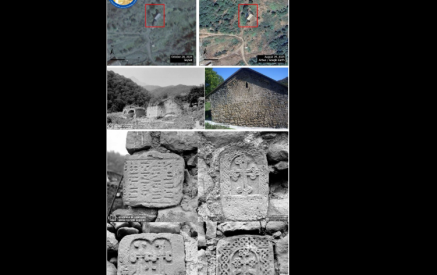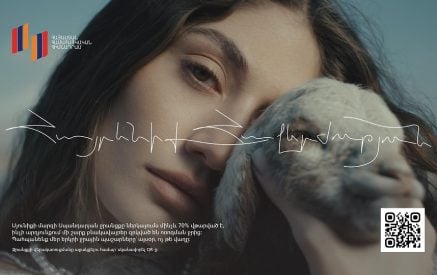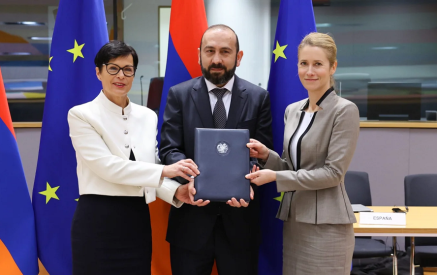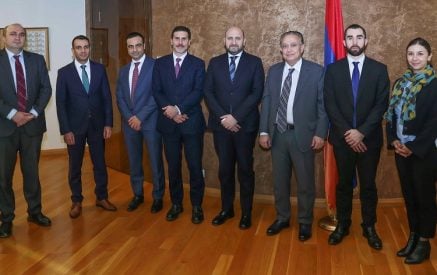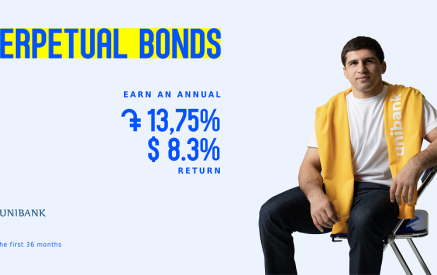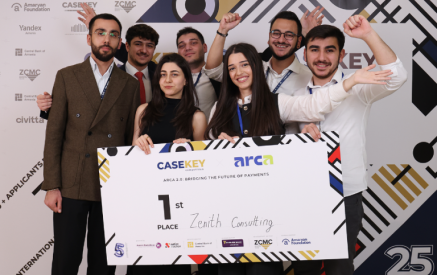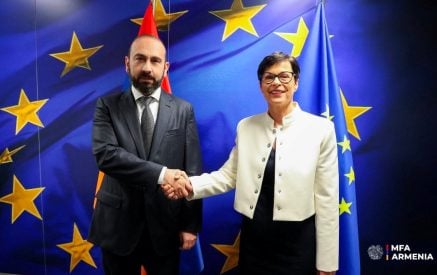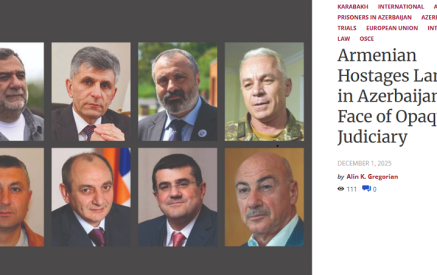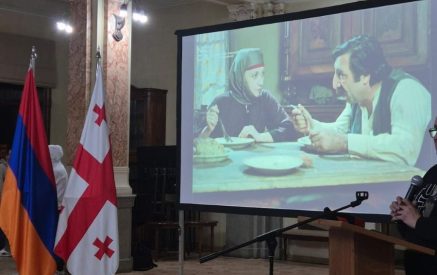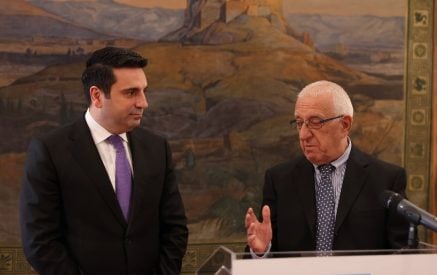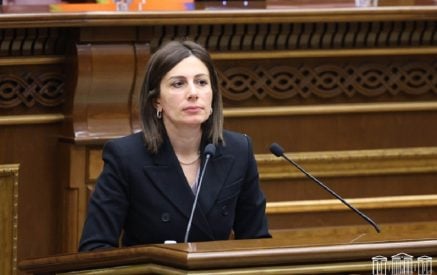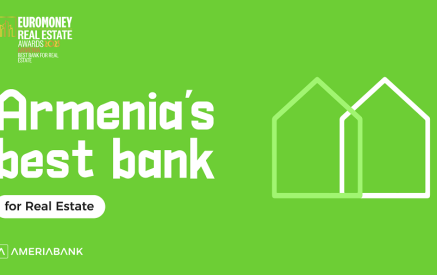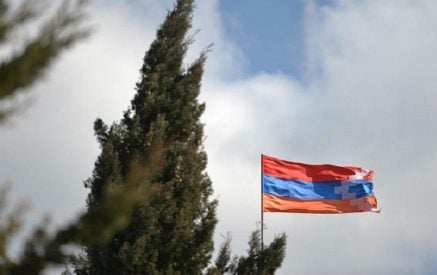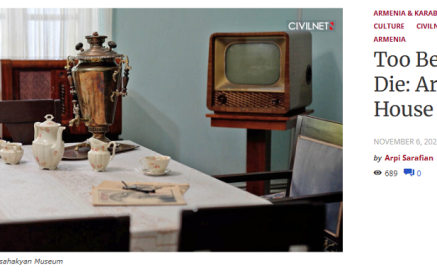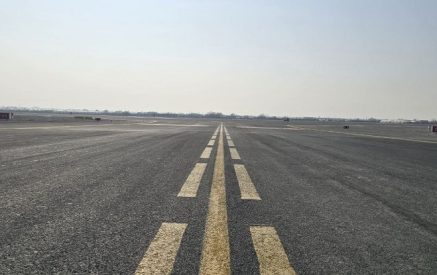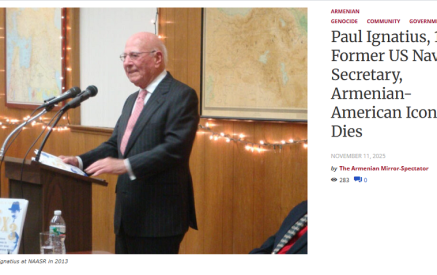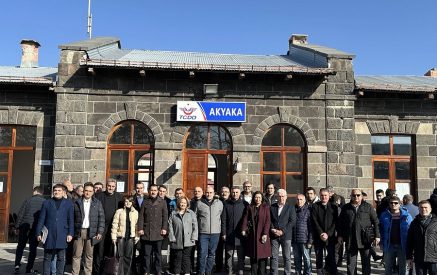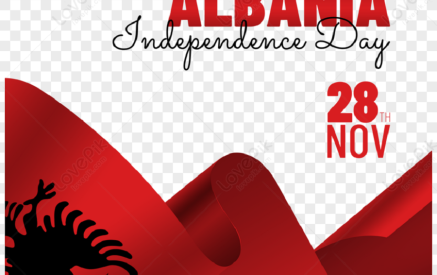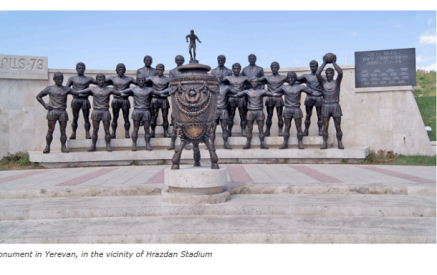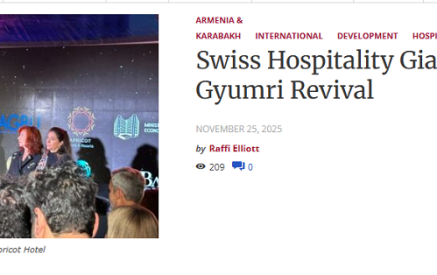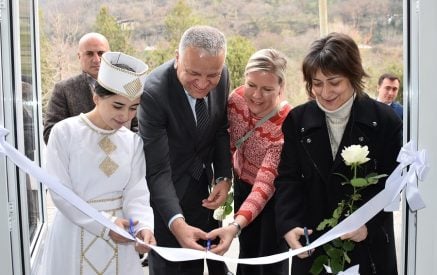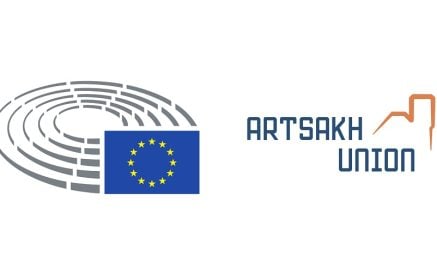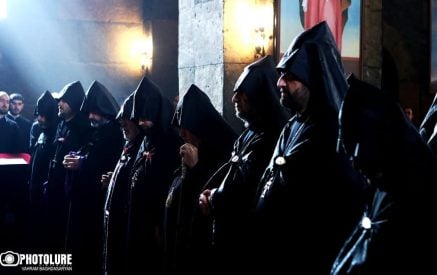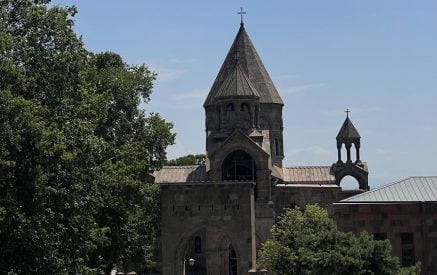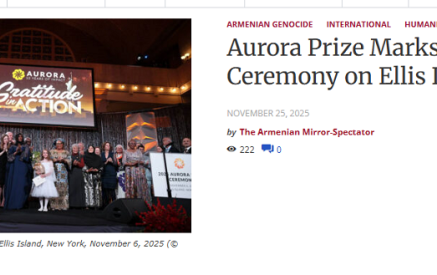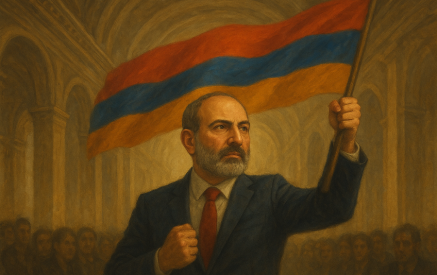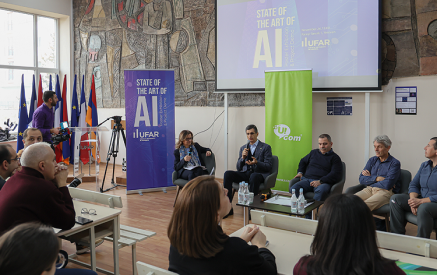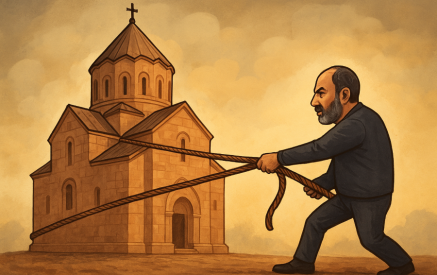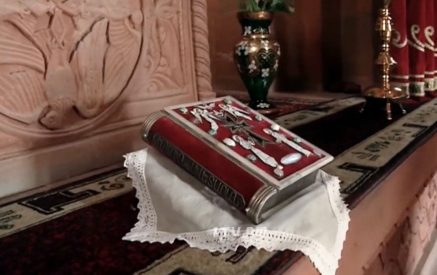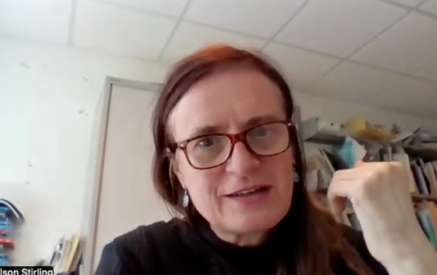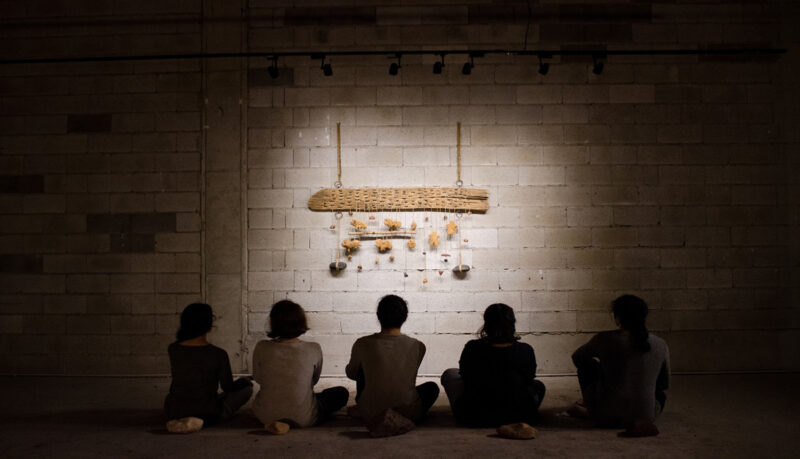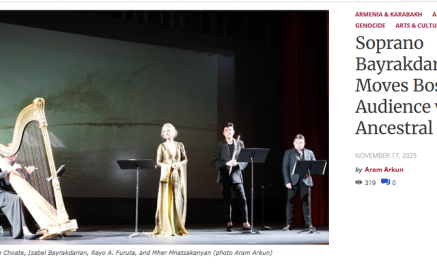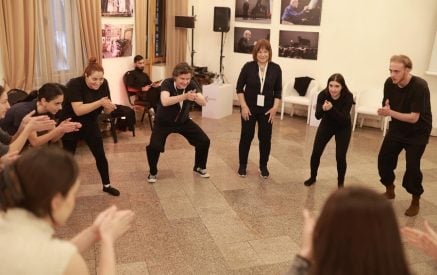By Lilia Foster
EDINBURGH, Scotland — Established in 1947, when a group of performers took to the stage at the Edinburgh International Festival uninvited, the Edinburgh Fringe has grown to become the world’s largest arts festival, typically attracting over 3 million tourists to Scotland for the month of August. The usual hotspots of the Scottish capital are transformed into venues and stages as fresh and seasoned performers alike flock to the city for the chance to appeal to new audiences from all over the globe. This year, the Festival platformed three Armenian-led productions.
During the first week of the Festival the Armenian State Theatre brought to life Jan Quackenbush’s “A Cold Day in Hell,” a one-man play about a man grieving his comatose wife. The performance starred Nerses Avetisyan and was directed by Hrach Keshishyan, an established film director with a number of international awards to his name. His directorial experience was reflected in the performance’s compelling depth and quietly building tension. Delivered entirely in Armenian with English subtitles projected behind the protagonist, Keshishyan succeeded in constructing an experience that was intimate and immersive.
Read also
Perhaps the most potent Armenian production on offer was “The Song of a Refugee,” the brainchild of Yerevan-based dance company MIHR Theatre. The piece combined dance and visual art in a powerful expression of the experience of displacement, all accompanied live by traditional Armenian songs. Eliza Baghdiyan and Lusine MLKE-Galstyan, two of MIHR Theatre’s performers, have their own musical group Tiezerk, and gave their own limited two day run of modernisations of traditional Armenian songs at the Festival; Dzerton, sung in Artsakh dialect, a song which in the words of Eliza, “has no home,” was especially moving.
MIHR’s Artistic Director Tsolak Mlke-Galstyan credits sculptor Herqinaz Galstyan with a great deal of the inspiration for “The Song of a Refugee,” in particular her 2007 sculpture “Horovel (land worker’s song).” The piece features stones hanging by threads from its main structure, embodying the “anguish of distance from the homeland,” but all at once still connected to it. Its influence is plain to see; the performers dance and toy with stones throughout the performance. Galstyan describes these as partners in the dance rather than props, metaphors for the “unbreakable bond with the homeland.” “The Song of a Refugee” is characteristic of MIHR’s commitment to experimental style, but as the piece unfolds the unfamiliar rhythm became easier to absorb and the performers’ frustration at their displacement and a land lost is movingly conveyed – perhaps not for traditionalists, but they have never been the target demographic for the Fringe or MIHR.
Edinburgh has long been a site of significance for the Armenian community. Its city council was the first in the UK to recognise the Genocide in 2005. It would be another ten years before Derby, England, followed suit. It is no doubt a receptive and hospitable arena for the narration of Armenian stories. In the absence of meaningful coverage by Western media – across the entire course of the Second Artsakh War, continued ethnic cleansing, and recent landmark diplomatic events – platforms like the Fringe are vital, stepping in to amplify Armenian voices.




